
The contamination crisis from the “forever chemicals” known as PFAS is far from over, despite the Biden-Harris administration’s strides implementing its government-wide plan to combat PFAS pollution. EWG has identified steps the next administration should take to build on successes so far.
These steps are priority actions that the Environmental Protection Agency, Department of Defense and others can pursue to reduce PFAS pollution. The plan also includes calls for boosting federal funding to address contamination.
PFAS contamination in the U.S. is widespread, tainting drinking water for millions, and contaminating Superfund sites and the air people breathe. And the health harms from exposure to these chemicals are well known, including testicular, kidney, liver and pancreatic cancer; reproductive problems; weakened childhood immunity; low birth weight; endocrine disruption; and more.
The Biden-Harris administration followed through on many key parts of its PFAS plan, including the landmark April 2024 announcement of drinking water standards for six PFAS, the designation of two notorious PFAS as hazardous substances, a new framework for reviewing PFAS uses, and $10 billion in water grants and loans to address PFAS and emerging contaminants.
But there’s much more that must be done.
What follows are the priority federal actions the next administration can pursue to continue the fight against forever chemicals.
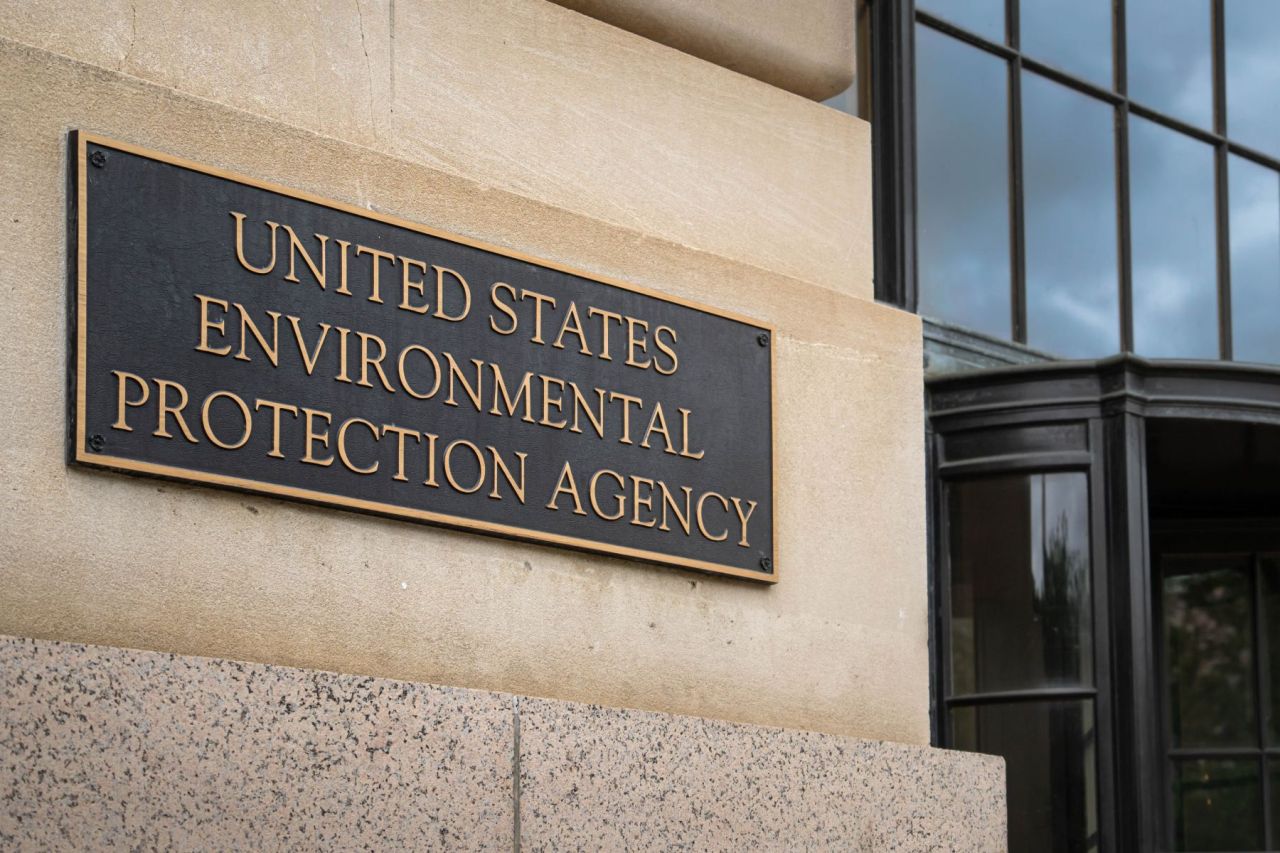
Environmental Protection Agency
Protecting air, water and food from PFAS
- Double EPA funding for PFAS.
- Protect drinking water from additional PFAS.
- List PFAS as hazardous air pollutants
- Support state control of PFAS emissions into the air.
- Protect communities with environmental justice concerns from PFAS.
- Reduce PFAS discharges into impaired water bodies.
- Update Clean Water Act permits to monitor and prevent industrial discharges of PFAS.
- Strengthen the Effluent Guidelines program.
- Accelerate the development of technology-based limits on industrial sources of PFAS pollution.
- Strengthen protection of waters used as sources of drinking water.
- Enforce compliance by against industrial polluters and federal agencies causing pollution.
- Properly manage the disposal of PFAS waste.
- Stop using PFAS-contaminated sewage sludge as fertilizer.
- Protect fish and wildlife from PFAS.
Eliminating unnecessary PFAS uses
- End imports of PFAS wastes and tighten control over imports of PFAS-containing commercial products.
- Speed up review of PFAS already in use.
- Make sure new PFAS are safe before they enter the marketplace.
- Halt the use of PFAS for oil and gas extraction.
- Ban the use of PFAS in pesticides and containers.
- Ban PFAS in chrome plating using Clean Air Act authority.
- Ban PFAS in fluorinated plastics.
- Expand the Safer Choice program.
Cleaning up historic PFAS pollution
- Strengthen EPA oversight and enforce schedules for PFAS contaminated federal facilities.
- Designate more PFAS as hazardous substances.
- Certify destruction and disposal methods for PFAS.
PFAS science and solutions
- Add more PFAS to the Toxics Release Inventory.
- Make industry identify health harms from PFAS.
- Order industry to report how much PFAS are manufactured, imported and used, as well as their potential risks.
- Expand research on the uptake of PFAS by crops and potential bioaccumulation.
- Identify non-industrial sources of PFAS.
- Conduct research needed to control PFAS in air emissions.
- Significantly ramp up research on PFAS.

Department of Defense
Protecting air, water and food from PFAS
- Give defense communities safe water to drink.
- Ban incineration of PFAS-firefighting foam and other PFAS wastes until proven safe.
Eliminating unnecessary PFAS uses
Cleaning up historic PFAS pollution
- Double funding for PFAS cleanup.
- Reform the DOD cleanup program.
- Empower communities to engage in DOD cleanups.
- Stop the spread of PFAS from federal facilities.
- Tell the truth about PFAS cleanup costs and time frames.
PFAS science and solutions
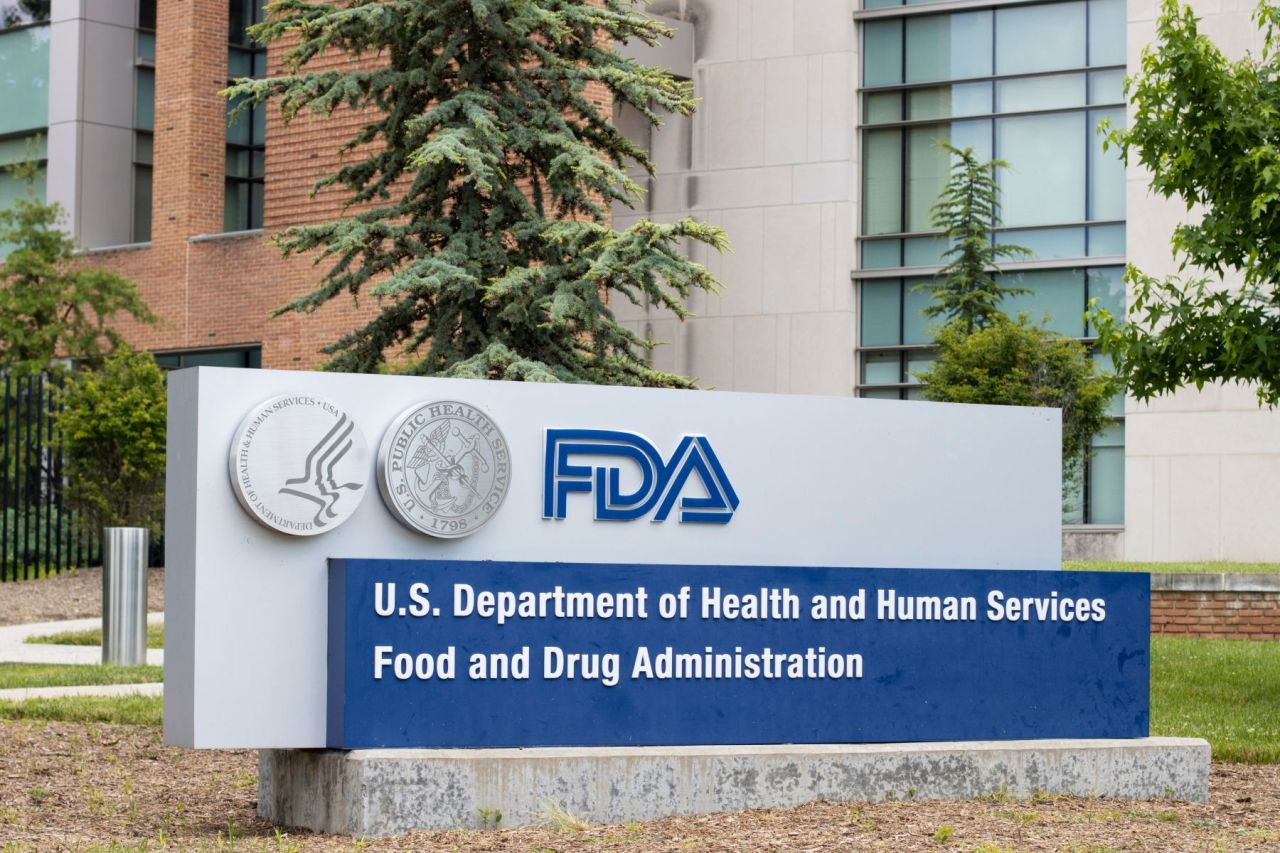
Food and Drug Administration
Protect air, water and food from PFAS
- Fully fund the FDA’s Office of Food Chemical Safety.
- Permanently end the use of PFAS in food packaging.
- Set limits on PFAS concentrations in foods.
Eliminating unnecessary PFAS uses
PFAS science and solutions
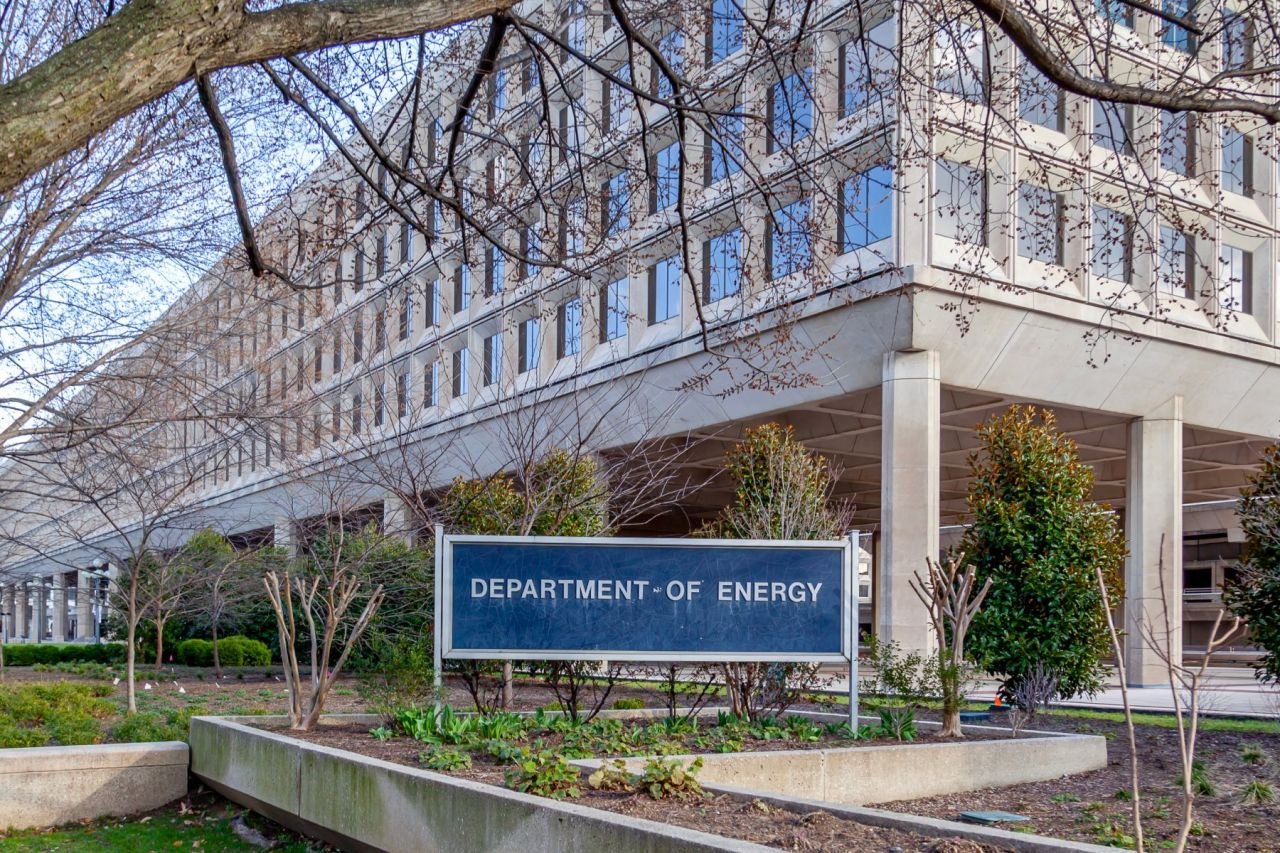
Department of Energy
Science and solutions
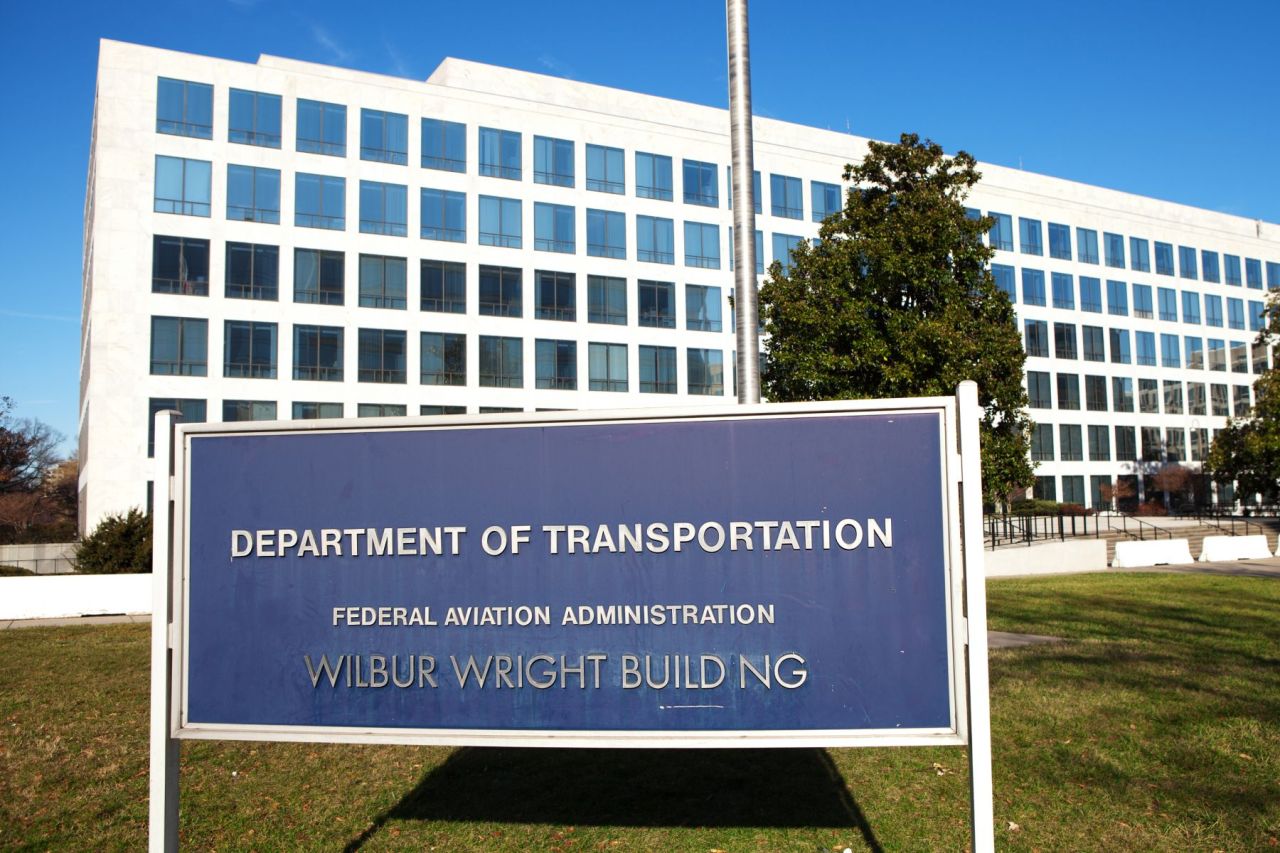
Federal Aviation Administration
Eliminating unnecessary PFAS uses
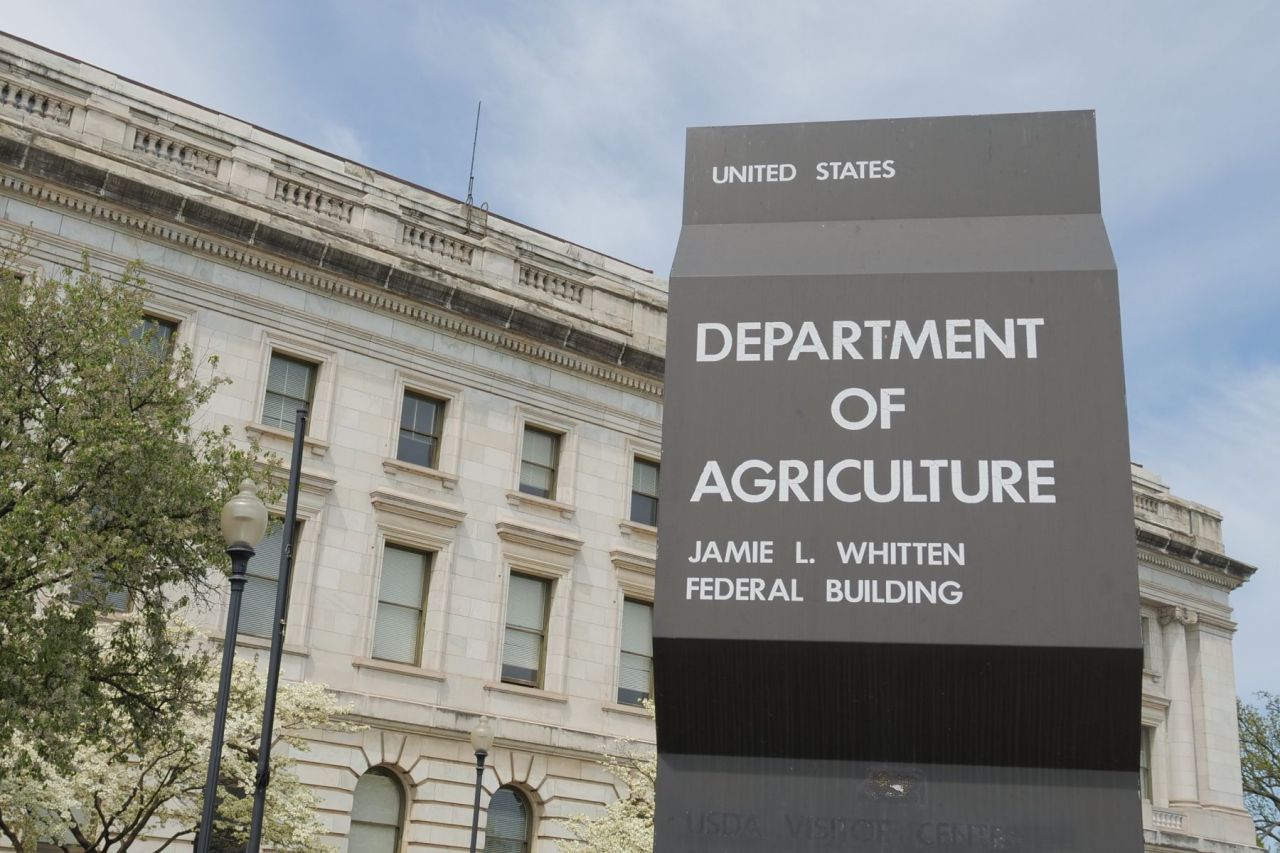
Department of Agriculture
Eliminating unnecessary uses of PFAS
PFAS science and solutions
- Investigate the impact on agriculture of PFAS contamination from DOD facilities and other sources.
- Inform farmers about PFAS contamination risks.
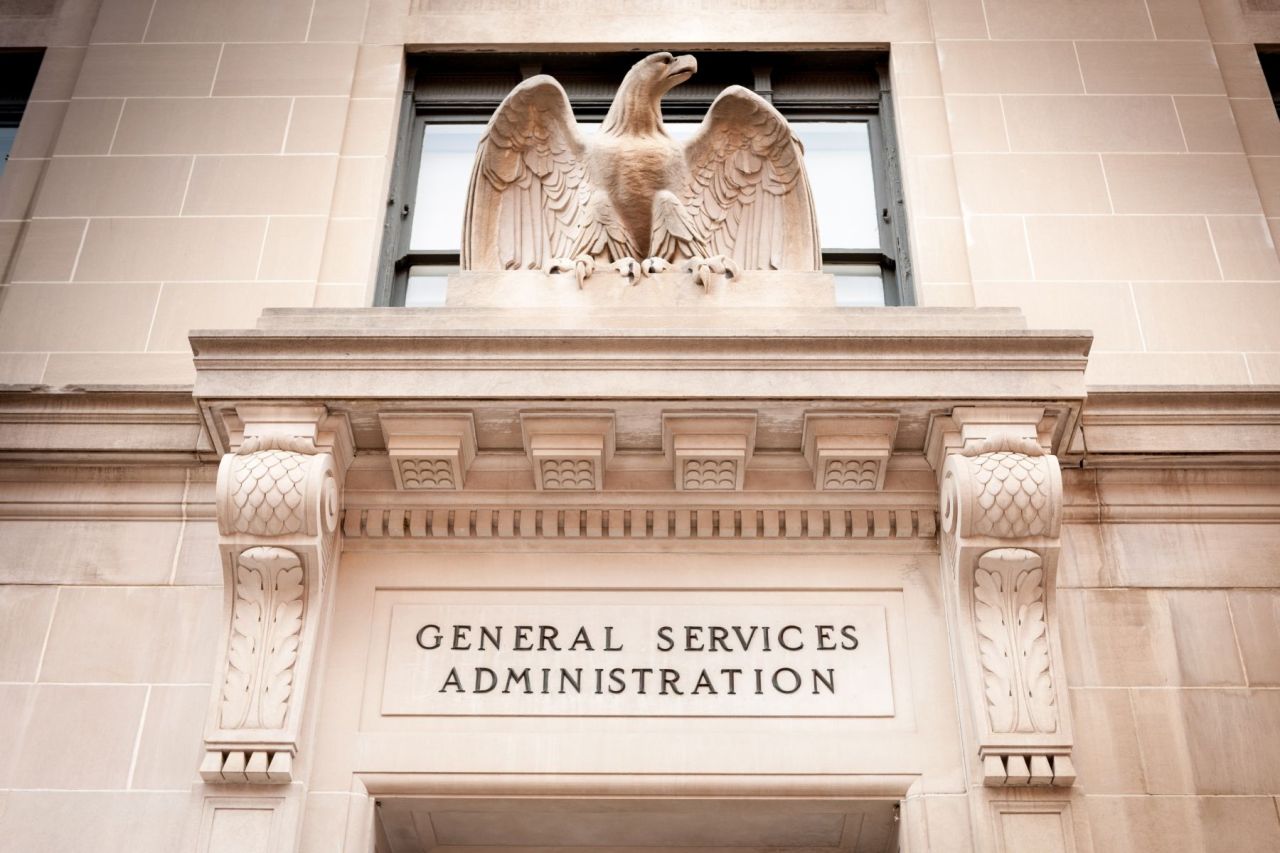
General Services Administration
Eliminating unnecessary uses of PFAS
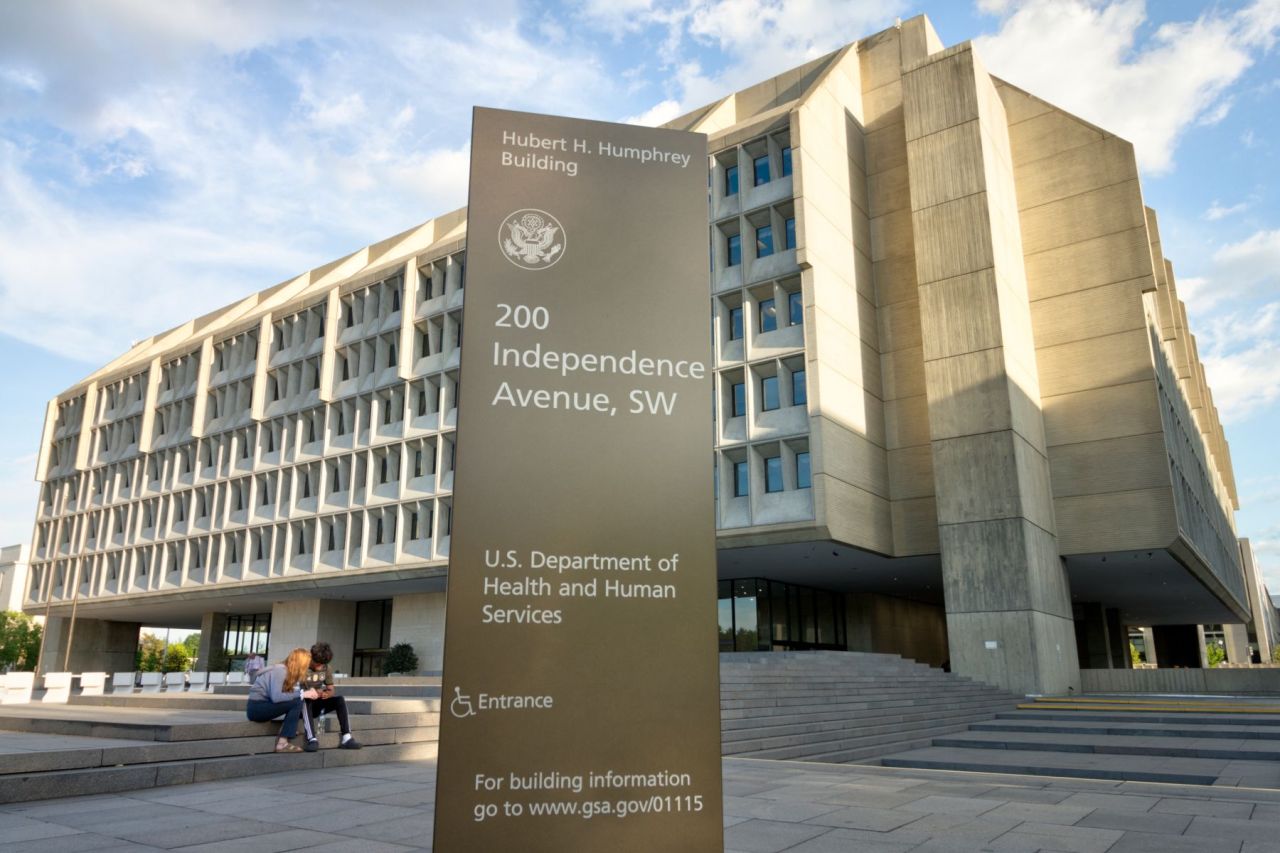
Department of Health and Human Services
PFAS science and solutions
- Cover PFAS blood testing through Medicare and Medicaid.
- Update clinician guidance.
- Conduct research to prioritize PFAS based on health effects.
- Study health impacts in pollution hot spots.
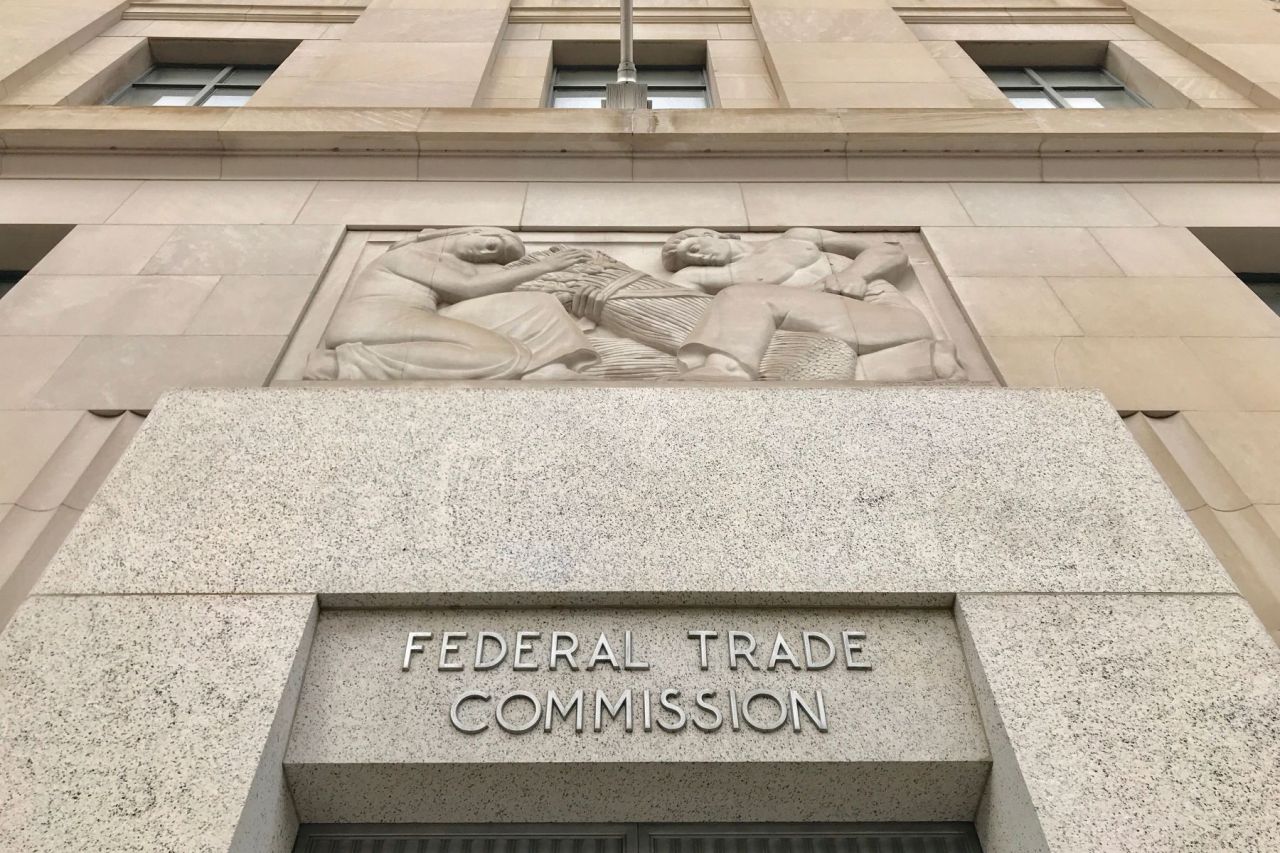
Federal Trade Commission
Eliminating unnecessary PFAS uses
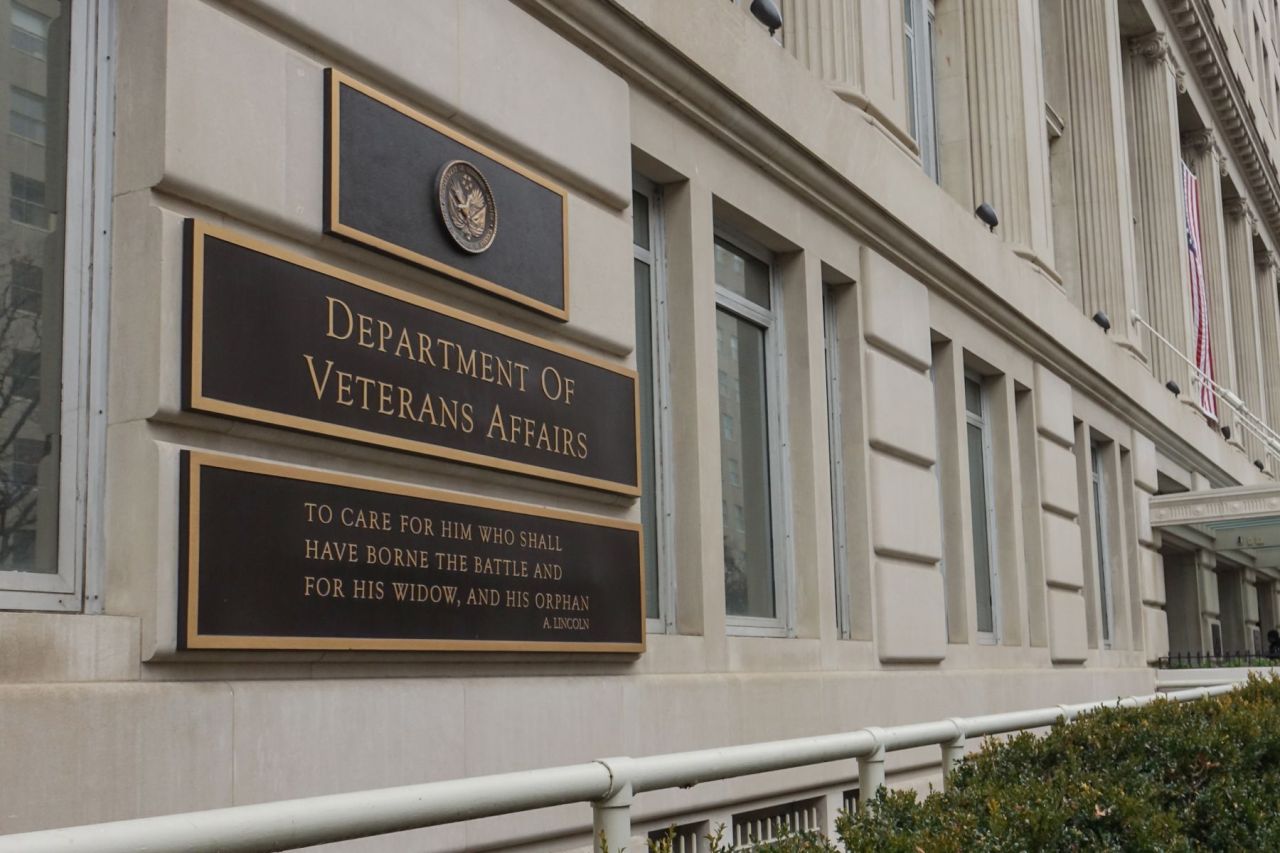
Department of Veterans Affairs
PFAS science and solutions
Expand the Safer Choice program. The EPA has identified 1,900 products that qualify for its Safer Choice label, which helps consumers and commercial buyers identify products with safer ingredients without sacrificing quality or performance. Government agencies are also increasingly turning to Safer Choice–certified products to comply with new federal acquisition regulations for sustainable purchasing. PFAS are not allowed as ingredients in products that carry the Safer Choice label. Over the next four years, the EPA should allocate additional funding for Safer Choice and greatly expand the categories of products considered for certification.




